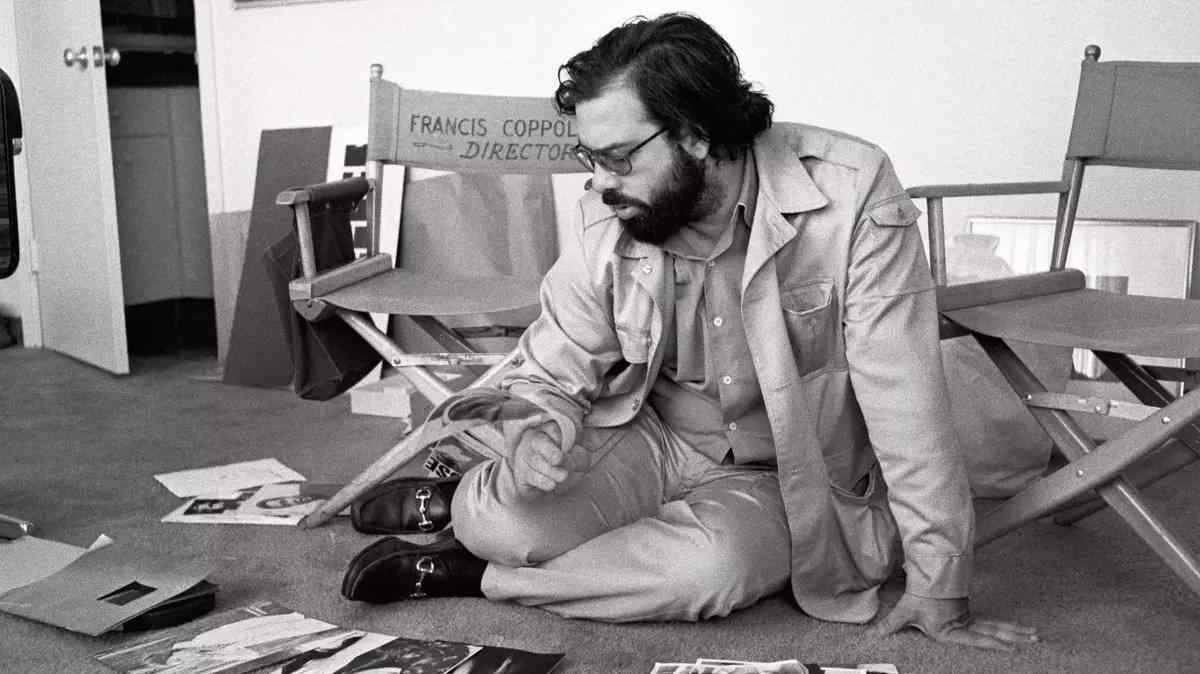Films directed by Francis Ford Coppola are considered timeless classics. His directing technique is universally admired by moviegoers thanks to films like The Godfather and Apocalypse Now. In his roles as writer, director, and producer, Coppola has delivered some of cinema’s most enduring classics.
The unconventional manner in which Coppola tells stories is one of the defining aspects of the director’s approach to filmmaking. He is of the opinion that the most compelling narratives are those that are delivered through the prism of real-life experiences that strike a chord with the target audience. He creates a visually appealing and emotionally charged movie experience by blending deep character development with great editing and cinematography. His films are well-known for the profound, intricate themes and the sophisticated storytelling that they feature. He frequently examines topics such as power, corruption, and the darker side of human nature.
Another quality that distinguishes Coppola’s work is the director’s keen eye for detail. From the writing of the script through the assembly of the finished product, his approach to the filmmaking process is extremely rigorous. He puts in a lot of hard work with his performers to coax the greatest performances out of them, frequently evaluating each shot while it’s being filmed and making adjustments to it until it’s just right. Because of the meticulous attention to detail that he puts into his films, they exude a genuineness that is unusual in the world of contemporary film.
In addition, Coppola has a one-of-a-kind style of utilizing sound design to immerse his audience in the experience. He frequently combines a wide variety of musical styles and sound effects, resulting in an environment that may be described as dramatic as well as emotional. This method is put to excellent use in movies like “Apocalypse Now,” in which the sounds of gunfire and helicopters are combined with hallucinogenic music in order to convey the psychological toll that war has on its victims.
The visual style of Coppola’s films is also easily recognizable because of the director’s penchant for long tracking shots and intense close-ups. These strategies are utilized to ratchet up the drama of the situation, so producing an atmosphere of frantic anticipation and tense anticipation. In addition to this, he is famous for the use of color in his films to portray particular feelings and ideas. For example, in The Godfather, he employed a color palette with sepia tones to create a sense of nostalgia and depth. On the other hand, in Apocalypse Now, he used subdued hues to create a world that was desolate and apocalyptic.
In conclusion, Francis Ford Coppola’s filmmaking style is an amalgamation of his one-of-a-kind approach to storytelling, meticulous attention to detail, and innovative use of sound and imagery to create immersive cinematic experiences. Because of the continuing impact of his body of work on subsequent generations of filmmakers, he is often regarded as one of the most significant directors in cinematic history. The contribution that Coppola has made to the world of cinema has been without comparison, and his method of filmmaking will continue to be analyzed and praised for many years to come.











